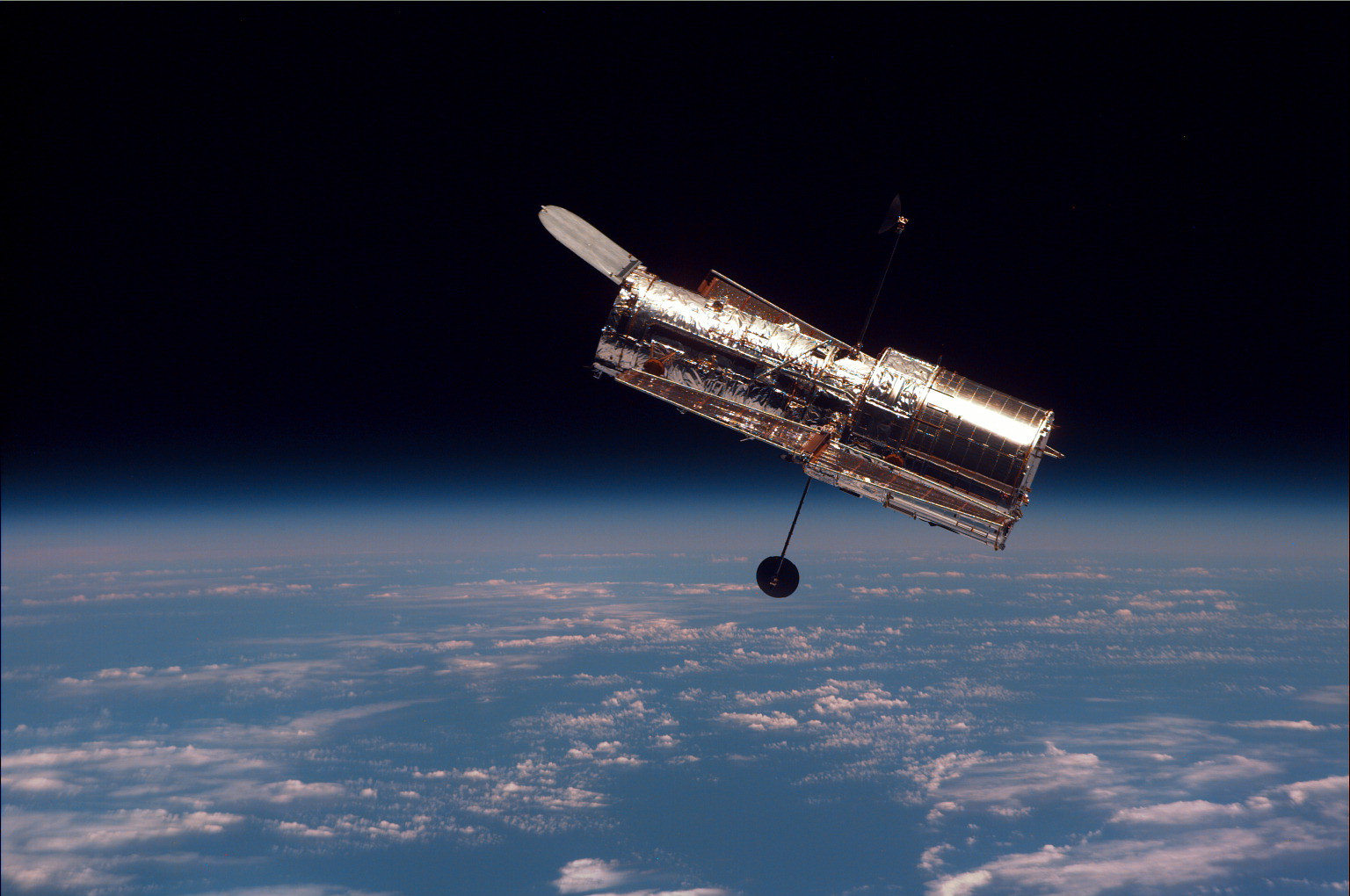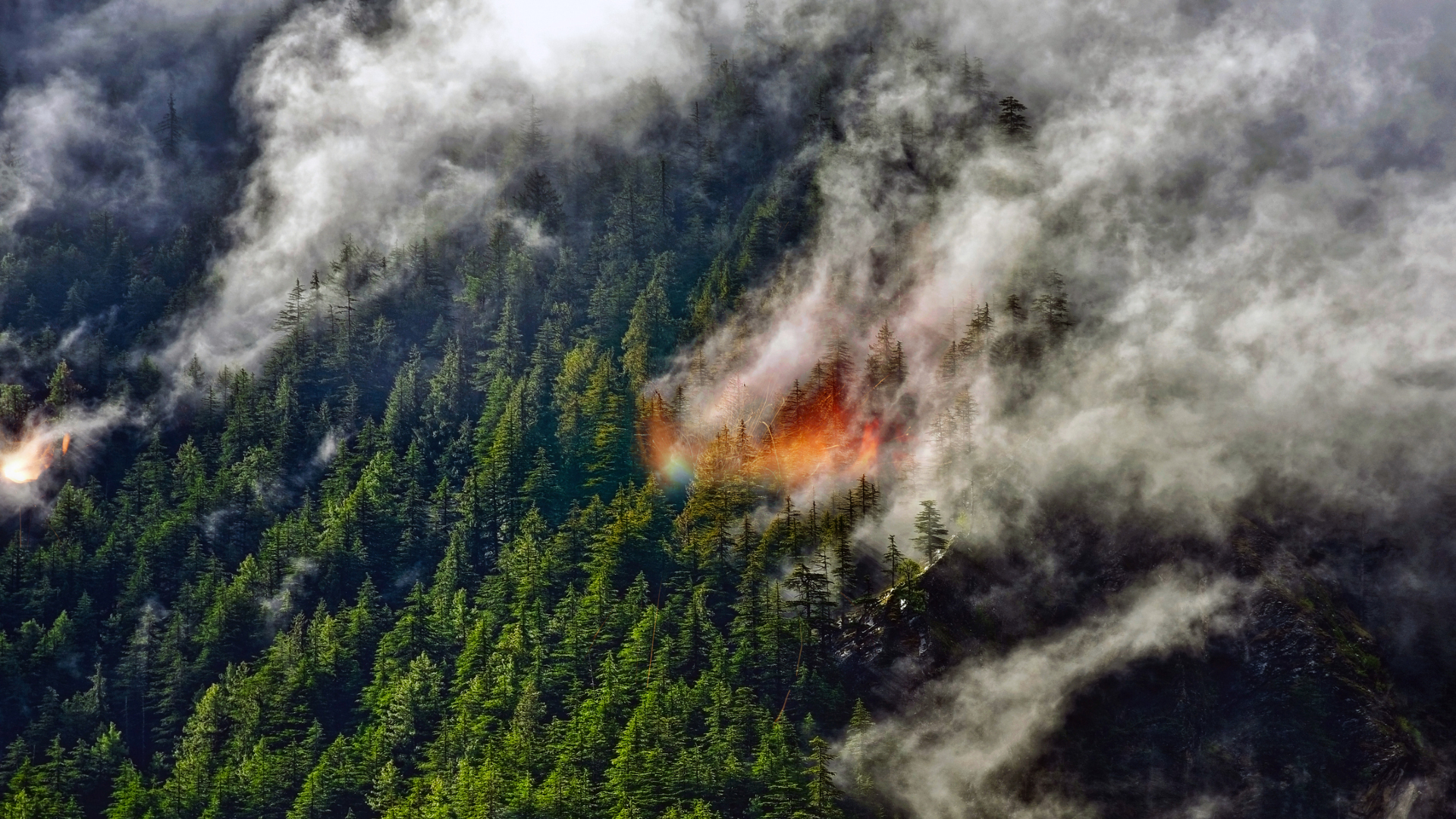Scientists investigate supermassive black hole ancestor from universe's 'cosmic dawn'
Early in our universe's history, a strange object formed. Studying the object in archival data, scientists now find that it appears to be somewhere between a galaxy and a quasar (distant objects powered by black holes a billion times as massive as our sun.)
Researchers investigating the object in a new study have termed the object, dubbed GNz7q, the "ancestor of a supermassive black hole," as it was created just 750 million years after the Big Bang took place, sparking our universe 13.8 billion years ago.
"The discovered object connects two rare populations of celestial objects, namely dusty starbursts and luminous quasars, and thereby provides a new avenue toward understanding the rapid growth of supermassive black holes in the early universe," lead study author Seiji Fujimoto, a postdoctoral fellow based at the Niels Bohr Institute, University of Copenhagen, said in a university statement.
Related: The best Hubble Space Telescope images of all time!
The team spotted the object in archival data gathered by the Hubble Space Telescope through a project called the Great Observatories Origins Deep Survey (GOODS), which links Hubble and other space observatories to survey the deep universe, according to the Space Telescope Research Institute in Baltimore, which operates Hubble.
It's common for new discoveries to be made from such archival data revisited with the latest techniques and models, but the strange object is still noteworthy because it is in a particularly well-studied patch of sky called GOODS North.
"GNz7q is a unique discovery that was found just at the center of a famous, well-studied sky field — it shows that big discoveries can often be hidden just in front of you," Gabriel Brammer, a co-author on the new research and an astronomer at the Niels Bohr Institute of the University of Copenhagen, said in a statement. "It's unlikely that discovering GNz7q within the relatively small GOODS-North survey area was just 'dumb luck,' but rather that the prevalence of such sources may in fact be significantly higher than previously thought."
Breaking space news, the latest updates on rocket launches, skywatching events and more!
GNz7q is located in a region of intense star birth, in a galaxy that forms stars roughly 1,600 times faster than our own galaxy, the Milky Way. As these stars are formed, they generate cosmic dust, which causes the galaxy to glow in infrared light — so bright that its dust makes it more luminous than any other known object of its era, the researchers said in the same statement.
Researchers think that GNz7q represents a transition phase that has not yet been spotted so early in the universe's history. The object's origins may tell scientists more about how supermassive black holes evolve, as it may reveal more about how the interplay of gas and dust could influence the growth of a black hole, the team suggested.
"Although luminous quasars had already been found even at the earliest epochs of the universe, the transition phase of rapid growth of both the black hole and its star-bursting host had not been found at similar epochs," Brammer said in the University of Copenhagen statement.
Given that GNz7q's properties match well with the theory, Brammer added, indications are "GNz7q is the first example of the transitioning, rapid growth phase of black holes at the dusty star core, an ancestor of the later supermassive black hole."
The team plans to scour other datasets from high-resolution surveys, as well as forthcoming information from the James Webb Space Telescope that should see first light around June.
"Fully characterizing these objects and probing their evolution and underlying physics in much greater detail will become possible with the James Webb Telescope. Once in regular operation, Webb will have the power to decisively determine how common these rapidly growing black holes truly are," Fujimoto said.
A study based on the research was published in Nature on Wednesday (April 13).
Follow Elizabeth Howell on Twitter @howellspace. Follow us on Twitter @Spacedotcom or Facebook.

Elizabeth Howell (she/her), Ph.D., was a staff writer in the spaceflight channel between 2022 and 2024 specializing in Canadian space news. She was contributing writer for Space.com for 10 years from 2012 to 2024. Elizabeth's reporting includes multiple exclusives with the White House, leading world coverage about a lost-and-found space tomato on the International Space Station, witnessing five human spaceflight launches on two continents, flying parabolic, working inside a spacesuit, and participating in a simulated Mars mission. Her latest book, "Why Am I Taller?" (ECW Press, 2022) is co-written with astronaut Dave Williams.



